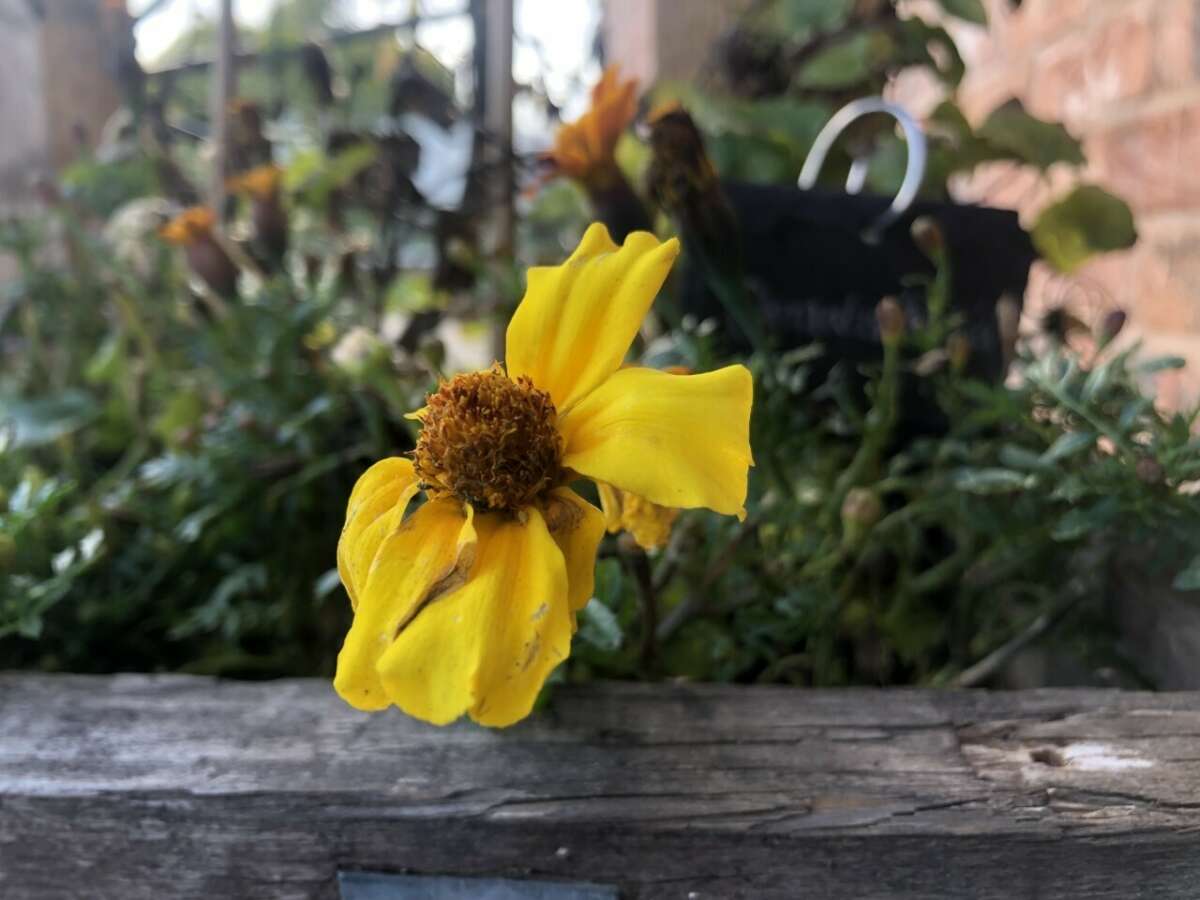Is your garden a treasure trove of underused resources?

There are so many other uses for the plants found commonly in British garden, including dyes, medicines, materials and general household use. Brambles, nettles and calendula may not reach the plate, but have been used for centuries in other ways in the household.
We also shouldn’t forget that the majority of modern medicines owe their origins to compounds found in plants. Whilst we can’t vouch for the efficacy or safety of homemade natural remedies, we should remember that they were commonplace before the advent of modern chemical medicines. A survey carried out by Kew[1] found that over 250 species of plants were used for self-remedies in the UK alone during the 20th Century.
Plant use is an important part of our cultural heritage. To raise awareness of this, and document the knowledge before it’s lost, we decided to survey our members, to gather information on the way they use the plants in their back garden.
Below are just a few highlights of ways our members reported using common plants;
- Flowers from the lime tree are used to make a calming infusion, which would be consistent with its reported mild sedative effects. It is important to use fresh flowers, as older dried flowers can produce hallucinogenic effects. These flowers were also were found to make a good garden tool cleaner when mixed with water.
- Rub basil leaves and tomatoes on wounds to ward off infections. Basil leaves contain high amounts of thymol and camphor which could account for its healing action and the high lycopene content of tomatoes might contribute to wound healing, but there is little scientific evidence to support either.
- Use aloe vera or sempervivum as a treatment to apply to burns. The use of aloe vera is well documented and has been recorded as having 75 active components that are implicated in healing action.
- One resourceful member reporting using brambles as plant ties, after first passing the long stems through a hole in a jar lid to strip off the thorns.
- Apply calendula extracts as a cream against athlete’s foot. The effectiveness of this treatment is backed up by several studies demonstrating its antifungal properties.
- Make a post-shampoo rinse from a tea of boiled up cleavers. Cleavers have been shown to have many medicinal properties for internal and external treatments, including treating skin complaints such as eczema, psoriasis and dandruff.
- A gorse flower infusion will give an exotic pineapple/coconut flavour to drinks.
- Woad, coreopsis, onion skins, persicaria and dyers chamomile make fantastic natural dyes.
- Those unlucky enough to have a plentiful supply of horsetail could try using as a scouring scrubbing brush. However, parts of it tend to break off, so it’s best used outside rather than clogging up the kitchen sink!
- And of course many reported using comfrey as a plant feed – we would expect nothing less from our members!
The real hero of the garden is the humble nettle. Nettles have been used traditionally to treat a wide range of medical conditions including anaemia, excessive menstruation, haemorrhoids, arthritis, rheumatism and skin complaints. Members reported drinking nettle tea to ward off hayfever and bathing hands in a nettle infusion to improve circulation and help wounds heal.
Nettle can also be used to make fibre. One member gave this a go by allowing the stems to partially rot in the dew on wet grass – a process known as ‘retting’. The fibre is then worked and drawn through a series of combs. The quality of fibre can be very good and has been used by several ethical clothes companies.
And of course, in the garden, nettles make a useful and inexpensive plant feed, high in nitrates
This is just a short summary of the survey findings. You can download the full report here.
Thank you to all our members who took part in the survey. To get involved in our 2018 Members' Experiments, click here.
Please note - Garden Organic cannot endorse the health or medicinal properties of plants.